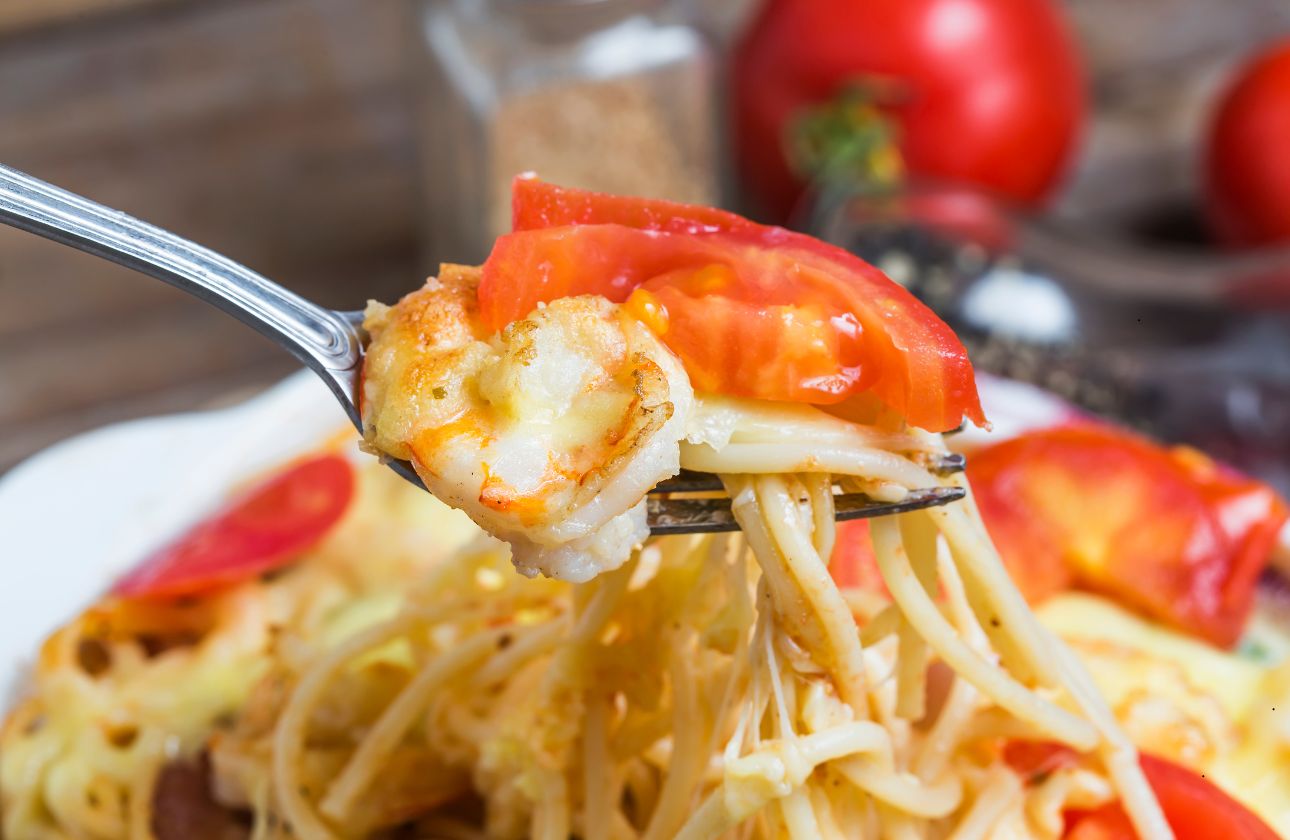The Art of Crafting Perfect Pasta
Pasta is more than just a dish — it’s a symbol of Italian heritage, tradition, and passion. From the rolling hills of Tuscany to the bustling streets of Rome, pasta has been at the heart of Italian cuisine for centuries. But what makes perfect pasta? Let’s embark on a flavorful journey through the art of crafting this beloved staple.
The History and Significance of Pasta
Italian pasta dates back to ancient times, with roots that intertwine with both tradition and innovation. Over the years, it has evolved into countless shapes and styles, each designed to pair perfectly with specific sauces and ingredients. Pasta is more than food; it’s a cultural icon that brings people together around the table.
Ingredients: Quality is Key
Perfect pasta starts with the best ingredients. Traditional Italian pasta typically uses just two main components:
-
Flour: High-quality semolina or 00 flour provides the perfect texture and flavor.
-
Eggs: Fresh, organic eggs enrich the dough, giving it a golden hue and delicate taste.
For water-based pasta, like orecchiette or trofie, water replaces eggs, resulting in a firmer bite. The simplicity of these ingredients makes quality non-negotiable.
The Art of Dough Making
Creating pasta dough is an exercise in patience and precision:
-
Form a Well: On a clean surface, mound the flour and create a well in the center.
-
Mix Gently: Crack the eggs into the well and gradually incorporate the flour using a fork.
-
Knead: Work the dough until smooth and elastic, about 10 minutes.
-
Rest: Wrap the dough in plastic wrap and let it rest for at least 30 minutes.
Resting allows the gluten to relax, making the dough easier to roll and shape.
Shaping the Pasta
The beauty of pasta lies in its variety. From long strands of spaghetti to the intricate folds of farfalle, each shape serves a purpose:
-
Long Pasta: Spaghetti, fettuccine, and linguine pair well with lighter, oil-based sauces.
-
Short Pasta: Penne, rigatoni, and fusilli hold up to chunky, hearty sauces.
-
Stuffed Pasta: Ravioli and tortellini offer pockets of flavorful fillings.
Using a pasta machine ensures even thickness, but hand-rolling offers a rustic charm.
Cooking to Perfection
Cooking pasta may seem simple, but technique matters:
-
Boil in Salted Water: The water should taste like the sea.
-
Don’t Overcook: Aim for al dente — firm to the bite.
-
Save the Water: A splash of starchy pasta water helps sauces cling better.
Classic Italian Pasta Dishes
No journey through Italian cuisine is complete without sampling iconic dishes:
-
Spaghetti Carbonara: A creamy blend of eggs, Pecorino Romano, pancetta, and black pepper.
-
Tagliatelle al Ragù: The original Bolognese, slow-cooked to perfection.
-
Penne Arrabbiata: A spicy tomato sauce with garlic and chili flakes.
A Labor of Love
Crafting perfect pasta is an art that requires patience, passion, and respect for tradition. Whether you’re a seasoned chef or a home cook, making fresh pasta from scratch is a rewarding experience that connects you to the rich tapestry of Italian cuisine. So roll up your sleeves, dust your counter with flour, and embark on your own journey to pasta perfection.




Comments (0)